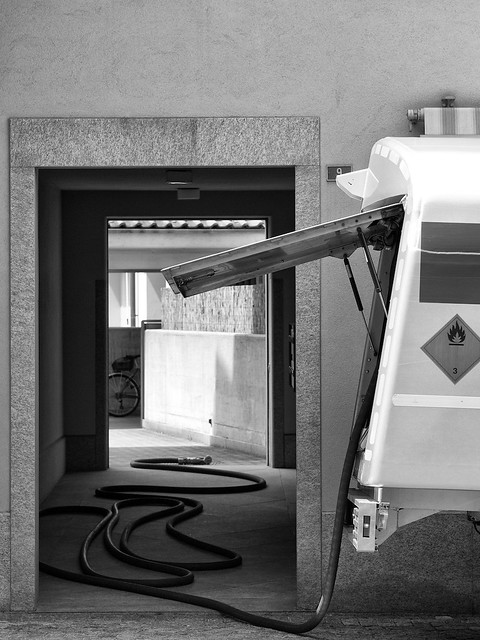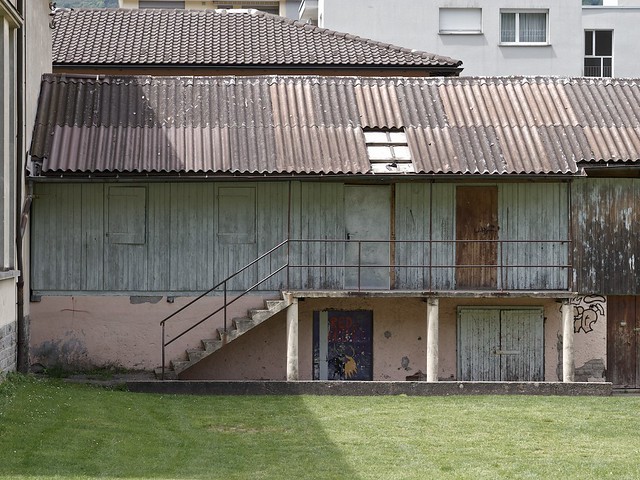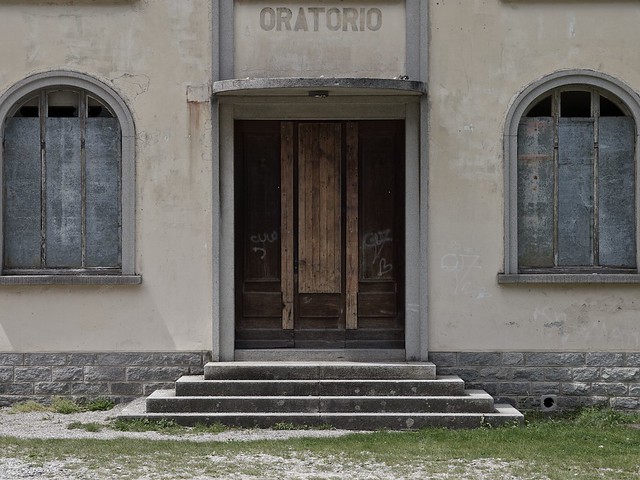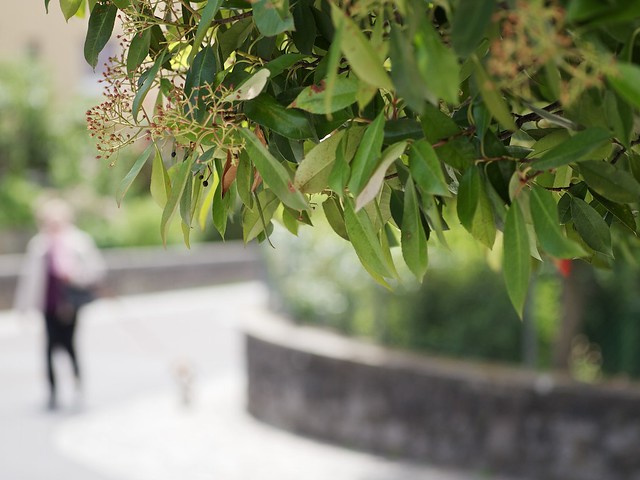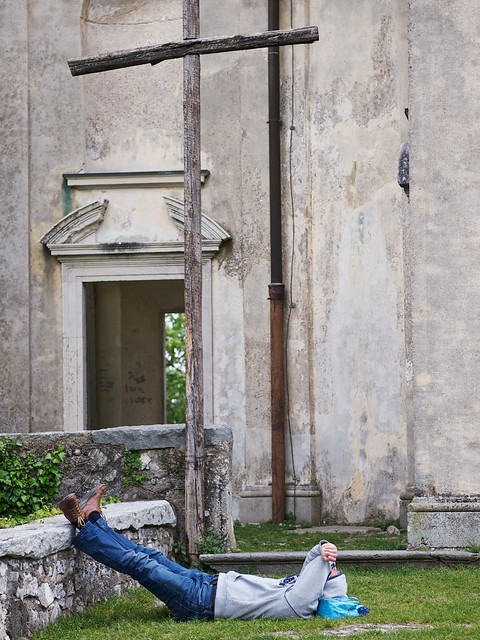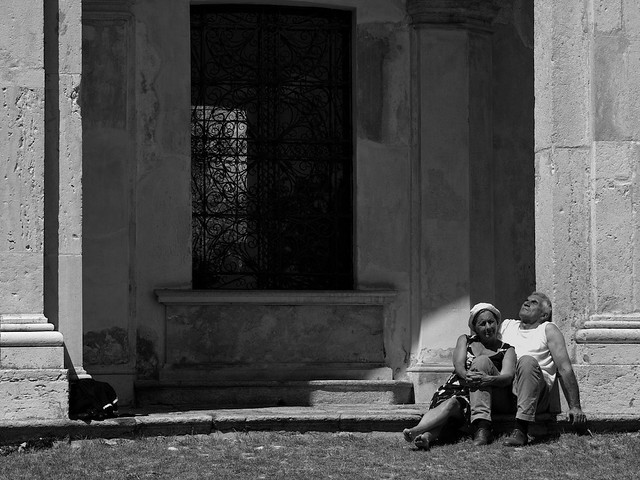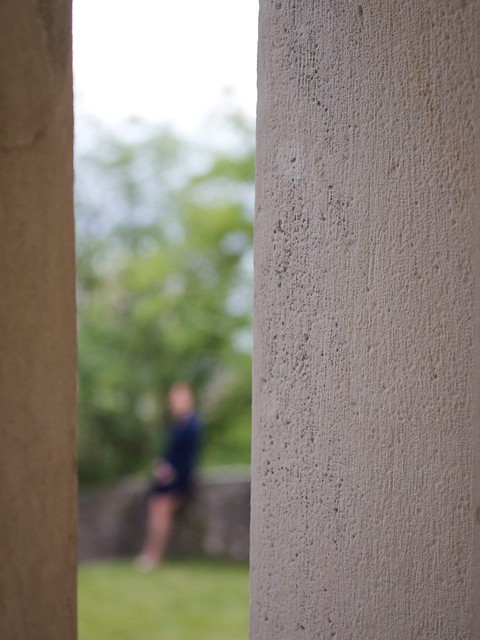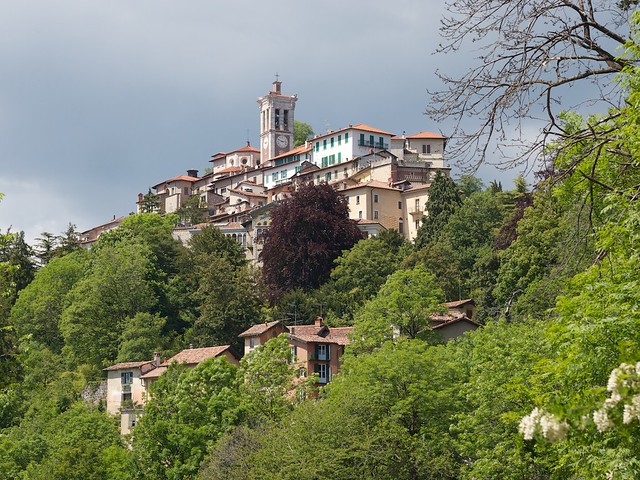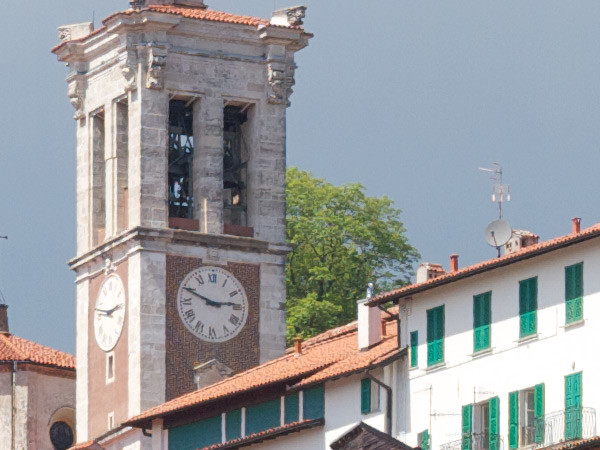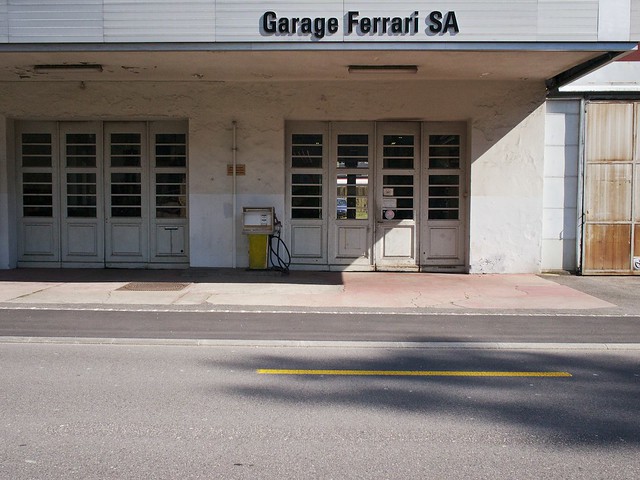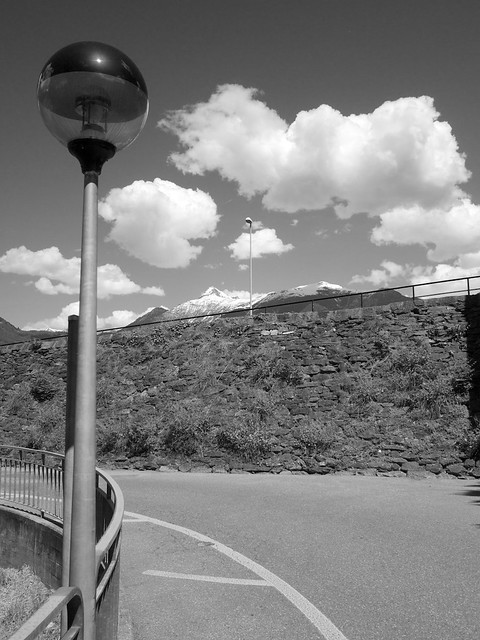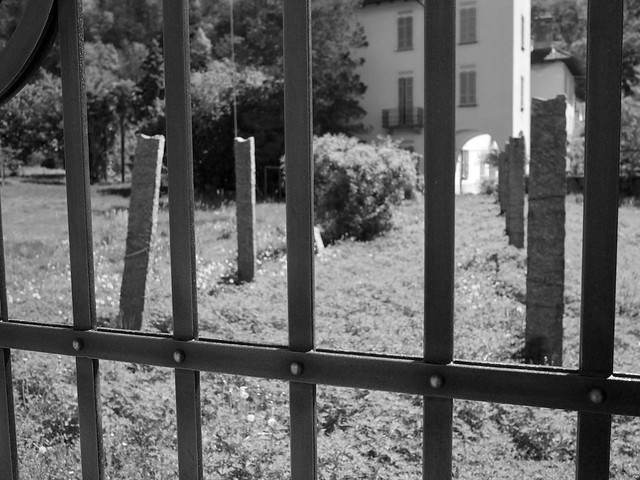Hasselblad XCD 35-75 Lens Review
The Glass is always Greener
I’ve always tended to avoid writing explicit gear reviews, for a number of reasons. First of all, I’m not really enough of a gear head or authority to write them, second, because it isn’t really about the gear, and third, because it’s too much like hard work. But on the other hand, reviews drive traffic, and finally what’s the point of running a web site if I don’t try at least a little bit to drive traffic?

I’m fully aware that me reviewing a high end object such as the Hasselblad XCD 35-75 zoom lens is faintly ridiculous. Even more ridiculous, not to say foolhardy, is me actually owning one. Well, I’ve gone into my reasons for the extravagance of buying into Hasselblad medium format elsewhere, and my ownership of the 35-75 zoom came about by chance. I actually had no hope or even really desire to buy this lens, but earlier this year I stumbled across an almost unbelievable offer. Coming from a very reputable dealer, it was advertised as secondhand, without packaging, and nearly half retail price. But when it turned up it was boxed, still with protective foils, and indistinguishable from new - I decided not to quibble. But I still had a touch of buyer’s remorse. It’s big, heavy, and has very limited range compared to the Micro Four Thirds zooms I’m used to. But then I used it…
The other reason for writing this review is that as far as I can see there are no user reviews whatsoever online, apart from Vieri Bottazinni’s very thorough and detailed treatment, and a number of HeyGuysWassup YouTubes from talking heads who had the lens on loan for 3 days. What I want to try to cover is what it is like to use the lens day to day.
So, on with it.
This lens is the first and so far only zoom for the Hasselblad X system. Hasselblad claim it to be “the best lens we ever designed”, and various people with far more expertise and experience than me seem to think that this claim is justified. Using “full frame” as a benchmark, the range of the lens is equivalent to 28-59mm, which is a bit short, or very short when compared to the Micro Four Thirds zooms I’m used to using. This rather dampened my desire for it for a while. The aperture is not fixed, but the f/3.5-4.5 is perfectly fine for me. I’m not a narrow depth of field shooter, quite the opposite, and comparing again with Micro Four Thirds zooms, f/4 on that system is fine for me. So f/4.5 on the X system is easily enough. At 1115g, there is no getting around the fact that the lens is big and heavy, but it is surprisingly comfortable to hand hold, thanks to the superb ergonomics of the X1D body, along with the internal zooming mechanism.
Several reviews comment on the fact that the performance of the lens matches or exceeds that of XCD primes. This may well be the case, certainly I have no cause for complaint, but it is perhaps worth mentioning that the 35-75 range overlaps only with two XCD prime focal lengths, at 45mm and 65mm, so in terms of replacing a bag full of primes, it doesn’t do all that well. Nevertheless, considering it on its own terms rather than as a prime replacement, it is surprisingly useful. [as I write this, it becomes out of date. Hasselblad have now added new 35 and 55mm lenses to the XCD range]
Earlier this year I wandered around Venice for a couple of days. I took the zoom, the XCD 21 and the XCD 90 with me. Initially the 21 and 90 ended up staying in my bag. Later they ended up staying in the hotel. Of course, there is a degree of reluctance to change lenses on the X1D, partly due to the risk of getting dust on the sensor, and partly due to the relatively clumsy process of changing large heavy lenses. But actually, even in some quite constrained spaces, the range of the 35-75 was not particularly limiting.
Here are a few examples taken with the Hasselblad XCD 35-75 zoom lens in Venice, all handheld except the night shot:

1/160 at f/8, 35mm

1/640 at f/8, 65mm

1/180 at f/11, 35mm

1/160 at f/12, 35mm

1/160 at f/11, 35mm

1/250 at f/8, 70mm

1/180 at f/7.1, 55mm

1/400 at f/8, 75mm

32s at f/8, 35mm
Beyond Venice, here are a few other sample photos. The lens was also a good companion for wandering around Tuscany earlier this year, and on short photo-outings close to home.

San Quirico d’Orcia, handheld, 1/125 at f/16, 40mm

That cypress grove…, handheld, 1/320 at f/16, 75mm

Below Pienza, handheld, 1/500 at f/22, 75mm

Val Redorta, tripod, 3.2s at f/16, 45mm
It is interesting to note from the above samples that I have a tendency to go full wide (35mm) or full zoom (75mm), which does rather indicate that the range is a bit limiting. Nevertheless in the field it really hasn’t felt particularly so. I would not have any reason to not recommend this lens, apart of course from the price, which at full retail is really crippling, at least for a non-ultra-wealthy amateur. There is also the issue of the weight and size, which, again, let’s not overstate, but for which Hasselblad’s announcement on 7th September 2022 of three new faster and (much) lighter primes raises some questions. It seems they’ve worked out how to very significantly slim down XCD lenses while increasing features and maintaining the same superb optical quality. Perhaps they can do the same for zooms.
But anyway, setting aside these minor reservations, I find the Hasselblad XCD 3,5-4,5/35-75 Zoom Lens a real pleasure to use. I live in hope that one day I’ll produce a photo that goes someway to fulfilling its potential. So, I very much recommend it. Sadly, I don’t have an affiliate link that I can push you to buy it from to make me some quick cash…


